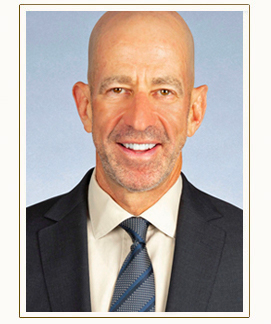Healthcare can be a large financial expense, and one that can be difficult to plan for. Anyone who relies on Medicare should be aware of what is covered and what is not. While Medicare is extensive in coverage, it does not cover everything and is not free. There are premiums, deductibles, co-payments and prescription drug costs, and they can be significant.
Premiums
Medicare provides health insurance for Americans aged 65 or older who have worked and paid into the system through payroll tax. It also provides health insurance to younger individuals with a disability status as determined by the Social Security Administration, as well as people with certain terminal illnesses. Part A, covers hospital and hospice services, and is free for those who have worked and paid the appropriate tax for at least ten years. Otherwise, there is a monthly premium of up to $413. Part B, covers outpatient medical services, and has a monthly premium of $134; however, those who receive Social Security benefits may pay less, approximately $109 per month. Higher income earners may pay more. Part C, also known as Medicare Advantage, is an alternative to Part A and Part B. Its premiums vary depending on the specific plan chosen.

Deductibles and Coinsurance
Part A has a deductible of $1,316 for each benefit period. After the deductible is met, the coinsurance or copayment is $0 for the first 60 days of each benefit period, then $329 per day for days 61 through 90, and then $658 per each “lifetime reserve day” starting with day 91 for each benefit period (up to 60 days over the person’s lifetime). You are responsible for all costs beyond the lifetime reserve days.
The Part B deductible is $183 per year. Generally, after meeting the deductible, you are responsible for 20% of the Medicare-approved amount for most doctor services, medical equipment, and outpatient therapy.
If you have Medicare Advantage instead of Parts A and B, the deductibles and copayments will depend on the specific plan you are participating in.
The deductibles for the Part D prescription drug plan may vary, but cannot exceed $400 in 2017. Beyond that, you pay a certain percentage for the drugs according to the plan until the total costs reach the annual limit, $3,700 in the 2017. This is the beginning of the coverage gap known as the “donut hole.” While in the donut hole, you may have to pay 40% of the name brand drug costs and 51% for generic drugs until the costs reach the second limit of $4,950 (in 2017), at which point catastrophic coverage begins.
Out of Pocket Expenses
In addition to paying for premiums, deductibles and coinsurance/copayments, you may have out-of-pocket costs for any treatment that is not covered by Medicare, such as eye exams, dental care, hearing aids, cosmetic surgery, non-traditional treatments such as acupuncture, and long-term care costs. Also, if you visit a healthcare provider that does not accept the Medicare assignment of costs as full payment, you will pay higher out-of-pocket costs. Certain newly developed drugs and/or equipment may also not be covered by Medicare. You may wish to consider a Medicare supplement or Medigap plan to cover these out-of-pocket costs to limit your possible exposure.
What Medicare Does Not Cover
It is important to note that in addition to not covering vision, dental care, and hearing aids, Medicare does not cover most long-term care costs, such as the care provided in nursing homes or the continued receipt of home care services. Paying for long-term care is generally not part of the Medicare equation. As such, families that are not able to self-fund such care should consider long-term care insurance or speak with an elder law attorney to discuss Medicaid planning.
Learn more about elder law, estate planning and special needs planning at http://www.elderlawnewyork.com www.littmankrooks.com. Have questions about this article? Contact us.
Was this article of interest to you? If so, please LIKE our Facebook Page by clicking here.



